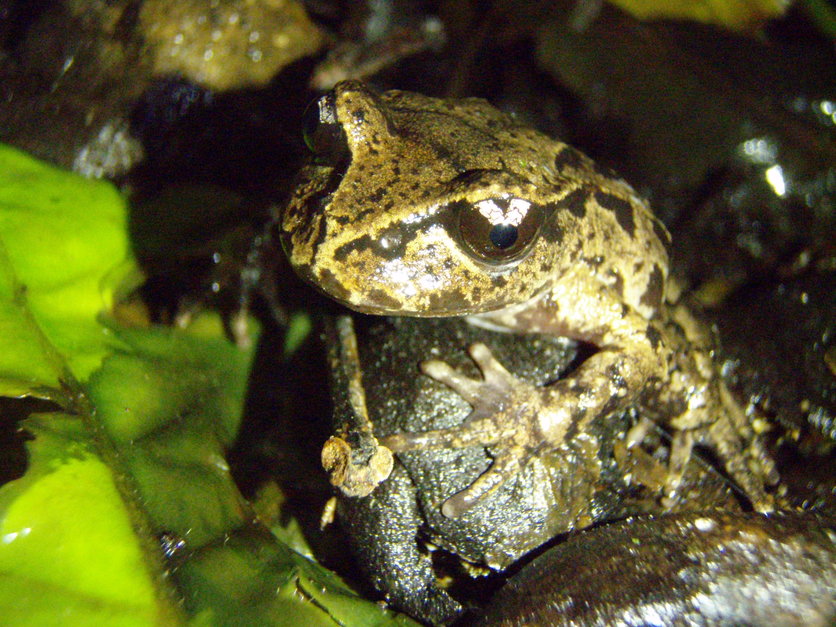In this activity, students take on the role of a native frog, native bird or introduced mammalian predator and participate in a physically active simulation. The activity highlights different predator/prey strategies and one aspect of why mammalian predators have had such a dramatic effect in New Zealand.
By the end of this activity, students should be able to:
- give examples of different strategies used by predators to capture prey as well as defence strategies used by prey to avoid predation
- describe some of the unique features of New Zealand frogs
- better understand why introduced mammalian predators have had such a dramatic effect in New Zealand.
Download the Word file (see link below) for:
- introduction/background notes
- instructions on what you need and what to do
- discussion questions
- activity area set-up.
Related content
Read these supporting resources as background to this activity
- Native frogs – all our native frogs are endemic and are members of a single genus – Leiopelma. They have many unique features and life processes compared with other frogs around the world.
- Threats to native reptiles and amphibians – the three most significant threats facing our remaining populations of reptiles and amphibians are introduced species, habitat loss and disease.
- Extinction – a species is considered extinct when there is no reasonable doubt that the last individual has died (IUCN). In New Zealand, a number of our native reptiles and amphibians are threatened with extinction.
- Saving reptiles and amphibians – timeline – see look at some of the historical aspects of saving our reptiles and amphibians, the impacts on them by humans and our conversation efforts in New Zealand.
Useful links
Visit the NZFROG website for more information about our native frogs and their conservation.

